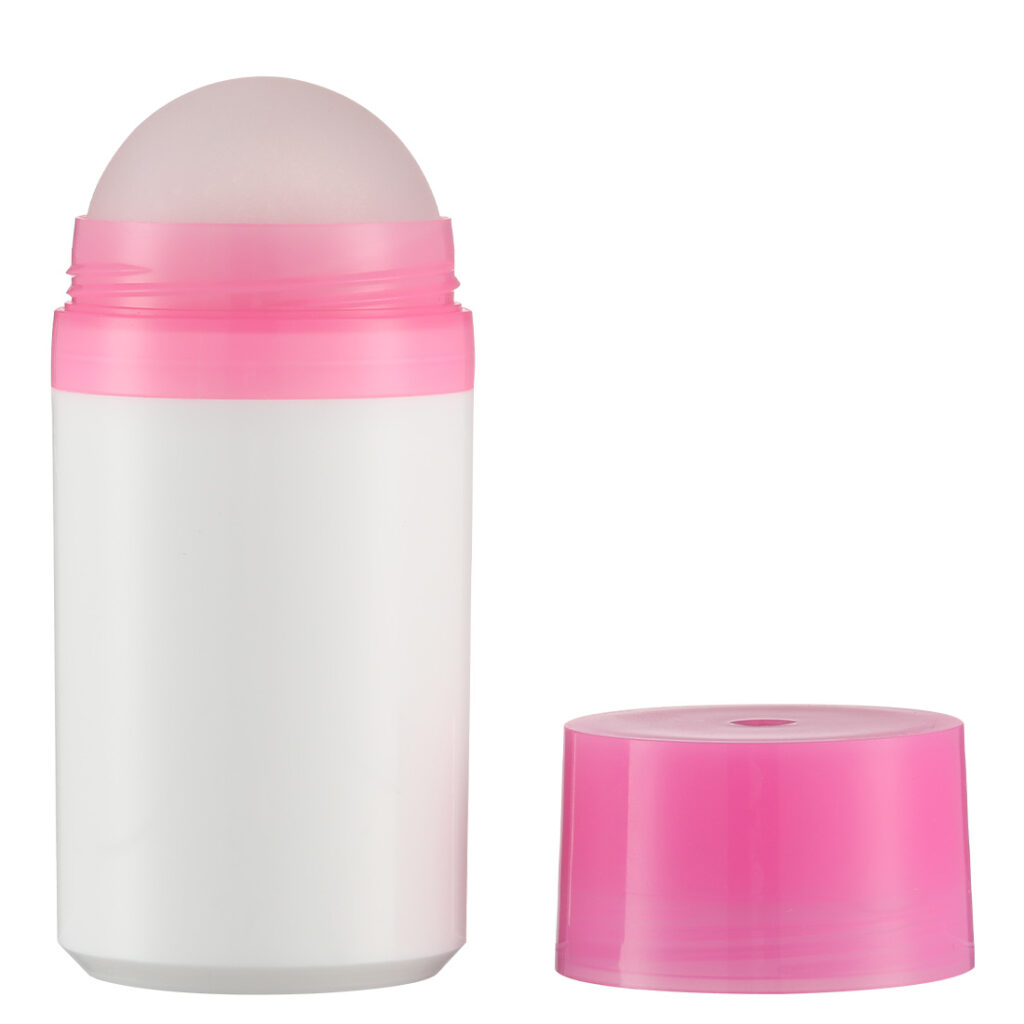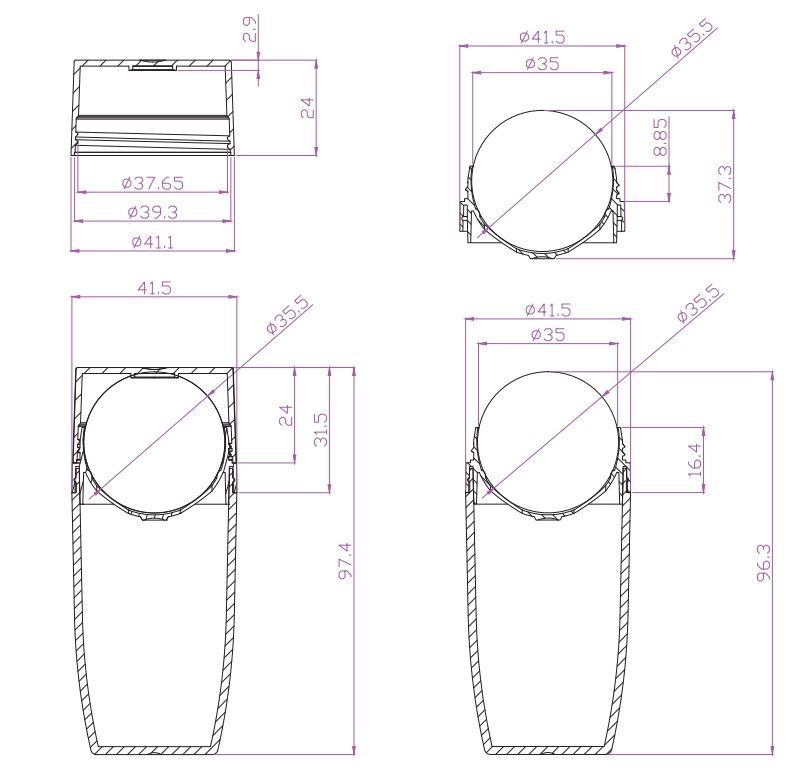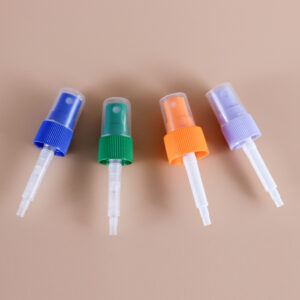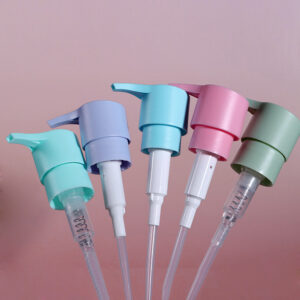The roll-on bottle also called roll ball bottle, is a relatively common type of packaging container widely used by people. The body of the roll on bottle is typically made of either plastic or glass. These bottles usually have a small capacity and are equipped with a roll ball at the top, allowing for even application, preventing liquid leakage, and providing a massaging effect. The roll ball at the top can be made of either plastic or steel. Cosmetic eye cream bottles generally use steel balls, while cheaper products like lip balms use plastic, depending on the product’s price.

Materials and Features of Roll On Bottle
Compared to sprays, roll on bottle allow for more even application of deodorants or body lotions on the skin, leaving a cooler sensation after rolling. For specific areas of use, roll-on products appear more professional. Сярод іх, plastic roll on bottles are used for eye creams, enabling direct application around the eye area for even coverage and a massaging effect that helps reduce eye wrinkles and fatigue. Glass or steel balls provide a cooling sensation that aids in reducing puffiness and offers convenience in use.
Plastic roll on bottles share some characteristics with glass, such as low reactivity with the contents, while overcoming the fragility of glass roll on bottles during transportation. Plastic roll on bottles can be injection-molded in various colors and finishes, including glossy or matte effects, offering a relatively low cost without compromising quality. The key feature of roll on bottles is their effective liquid dispensing during use without leakage when not in use. Products undergo vacuum leak testing before leaving the factory, ensuring no leakage issues and worry-free usage.
Applications of Roll On Bottles
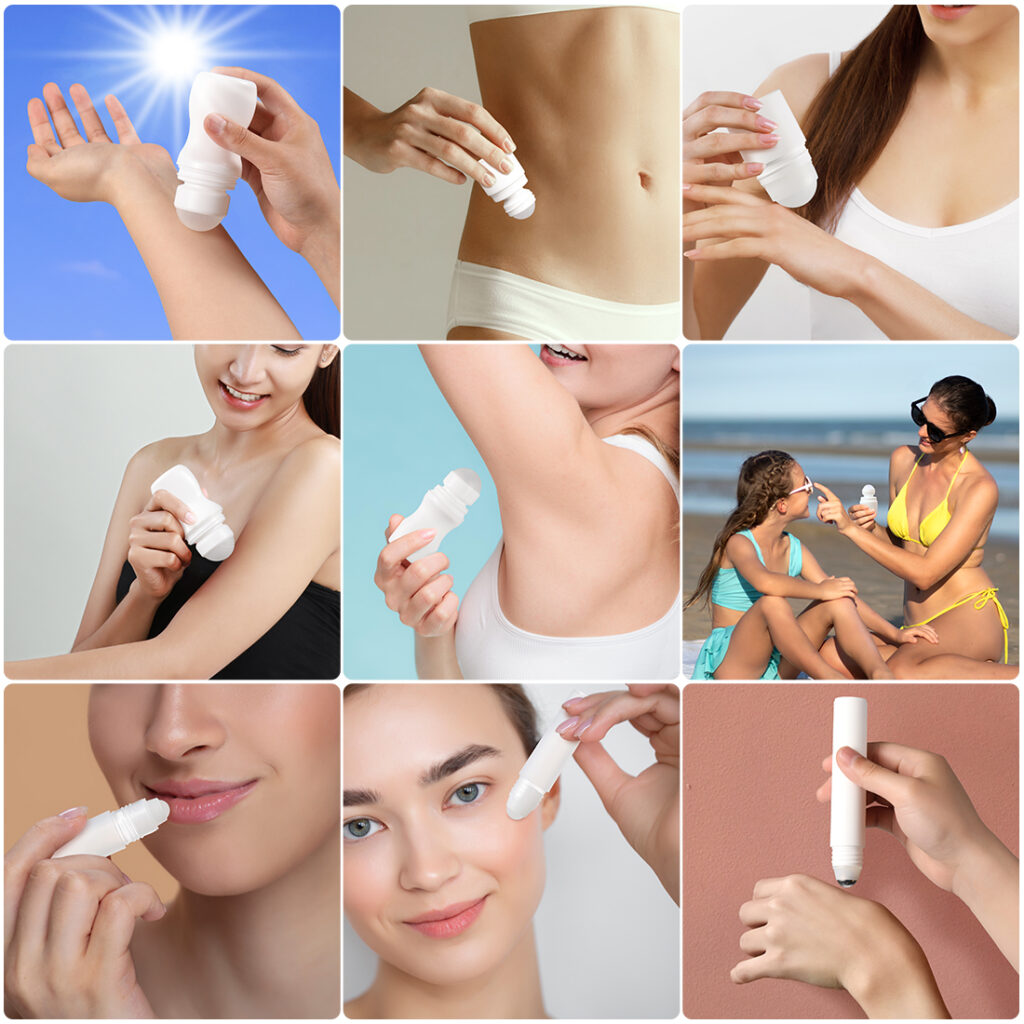
They are commonly used for packaging cosmetics like eye creams, perfumes, lip balms, body lotions, facial creams, эфірныя алею, acne treatments, anti-itch solutions, pharmaceuticals, cooling gels, and children’s products. Pharmaceutical packaging is another important application area for roll on bottles. As carriers for cooling gels, they enable even application of the medicinal gel on the skin needing heat dissipation, while the cooling sensation further aids in reducing fever. This avoids the discomfort caused by traditional physical cooling methods and improves the unevenness of manual application.


